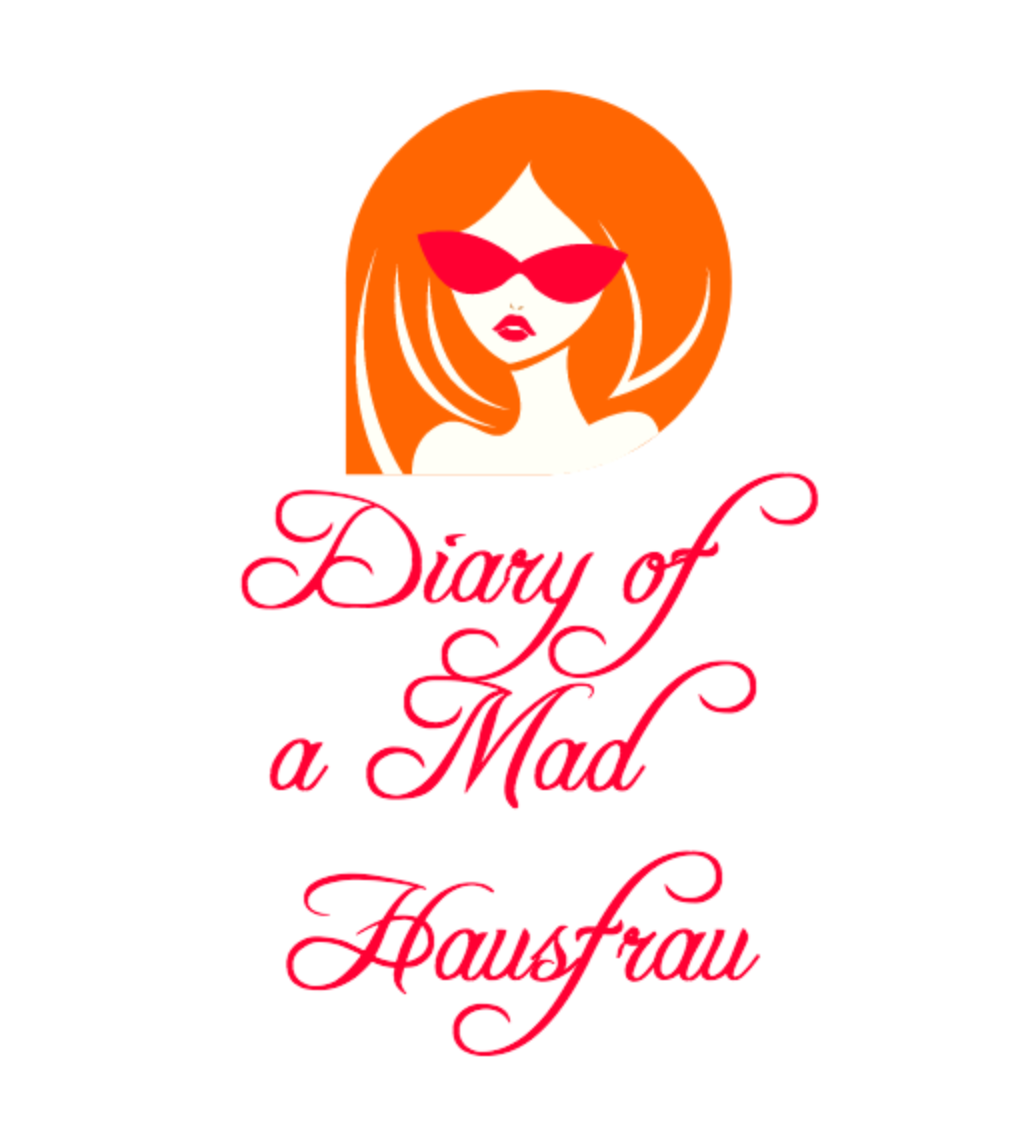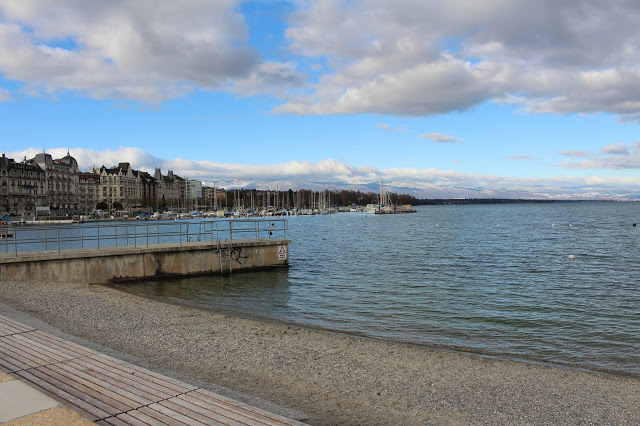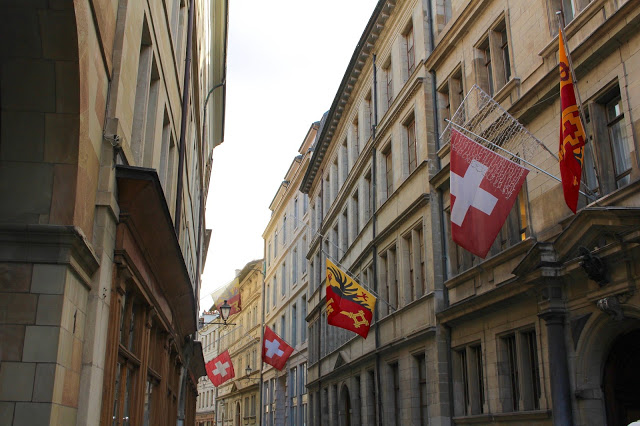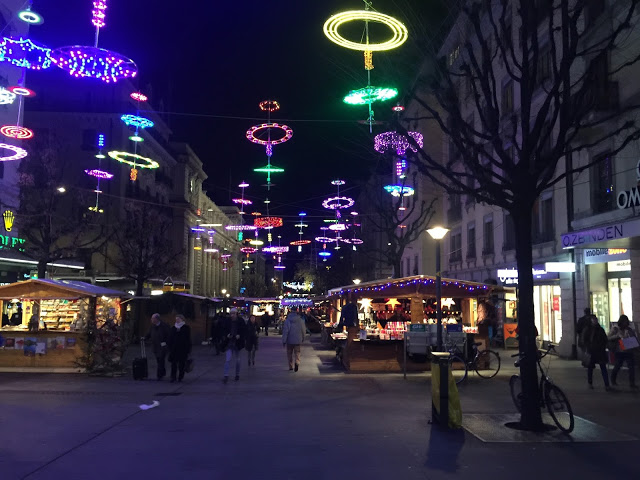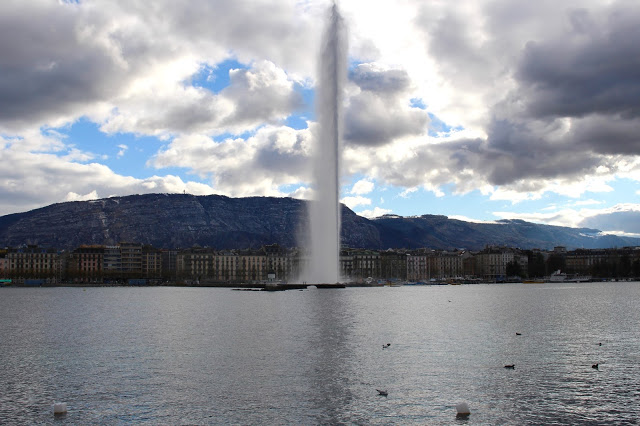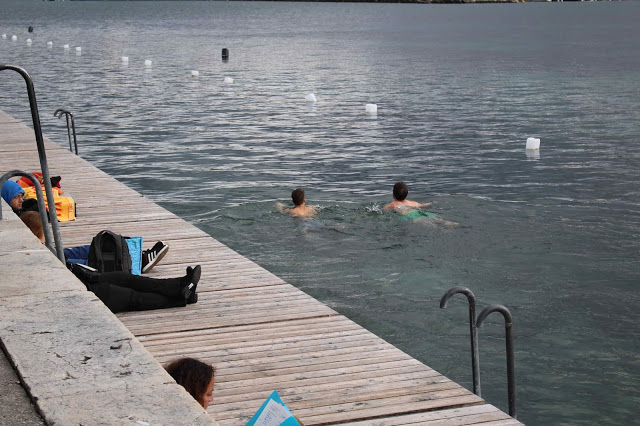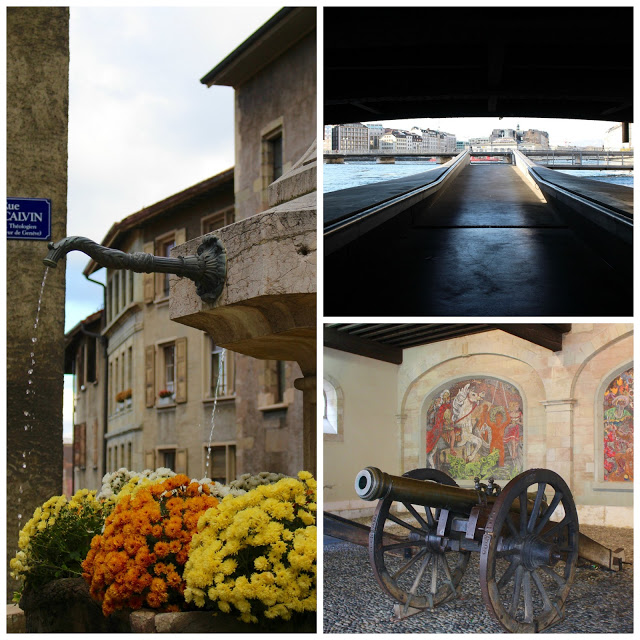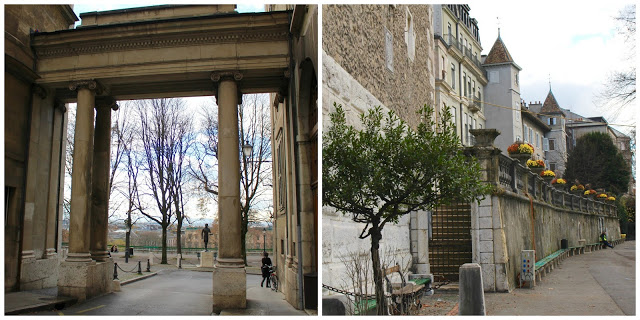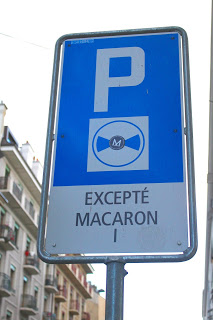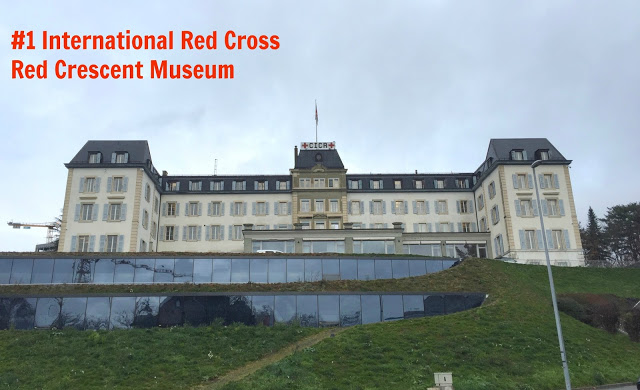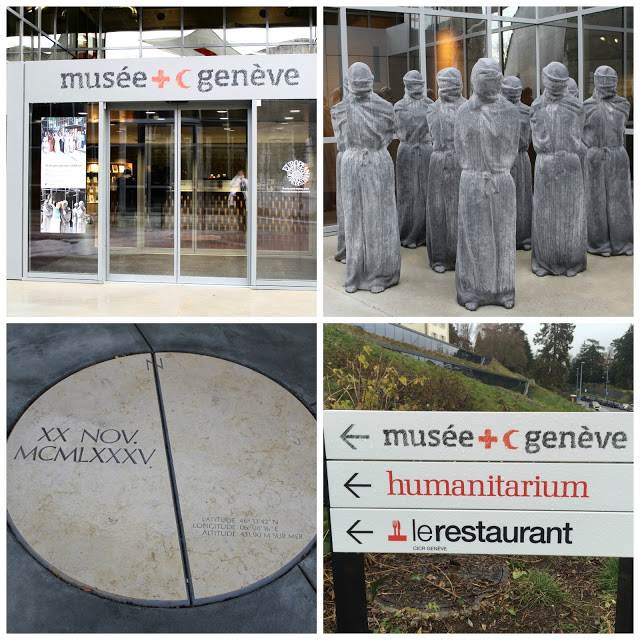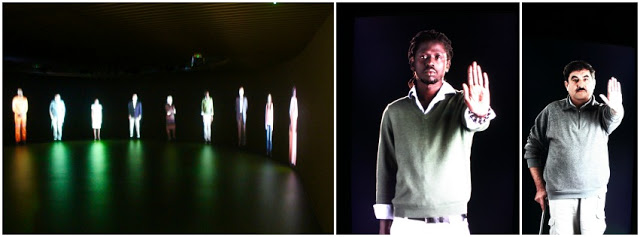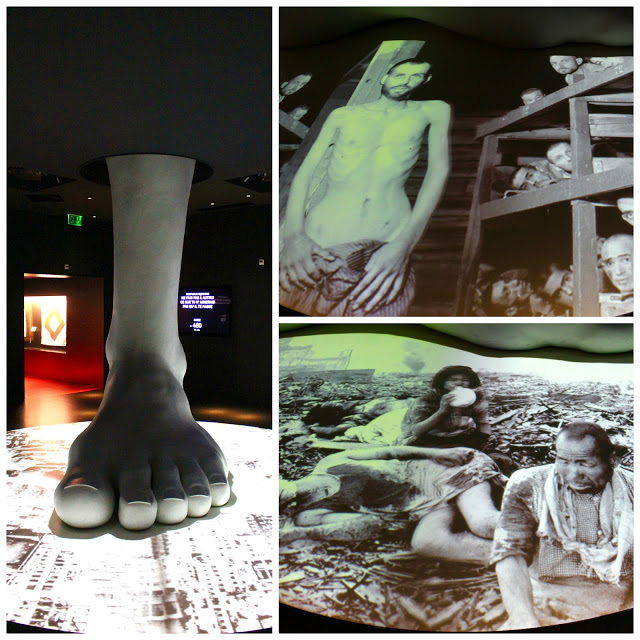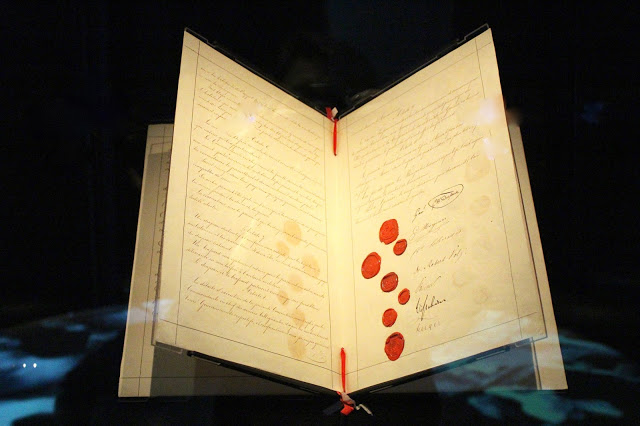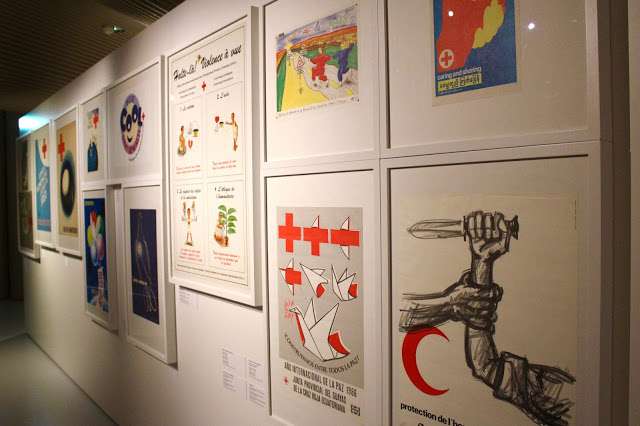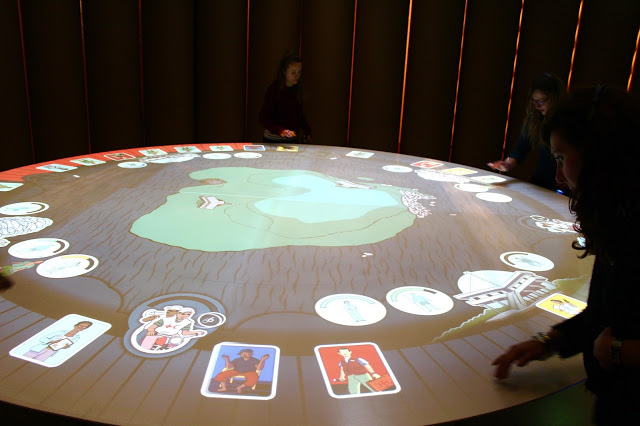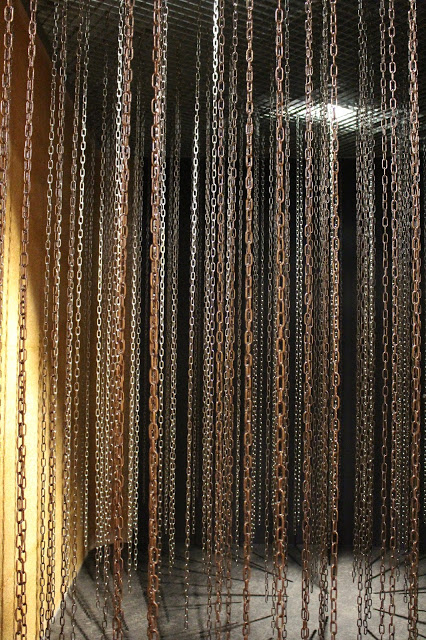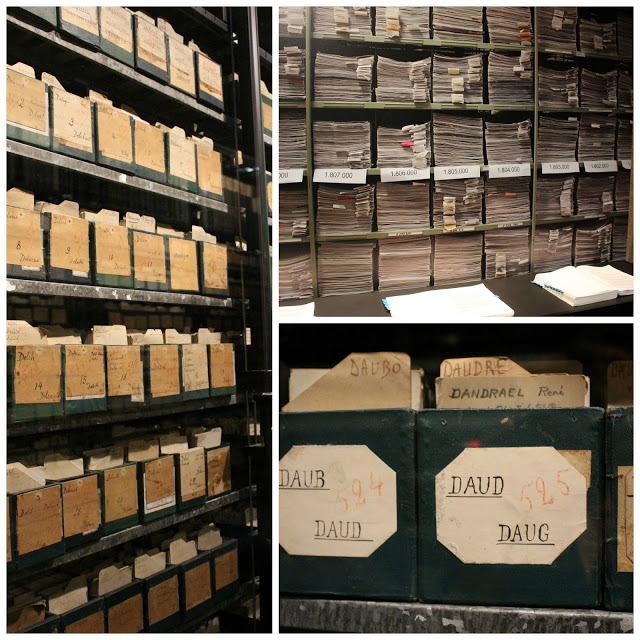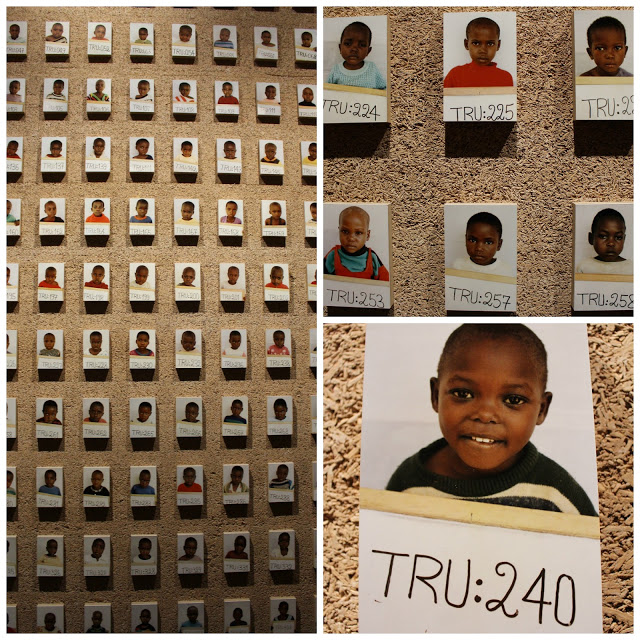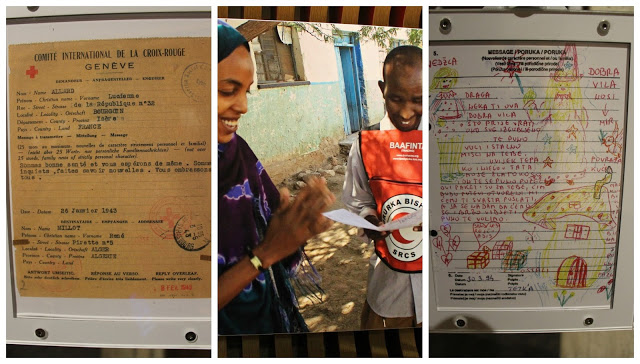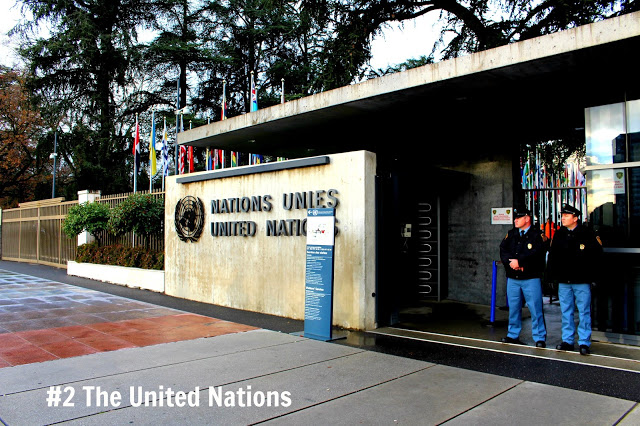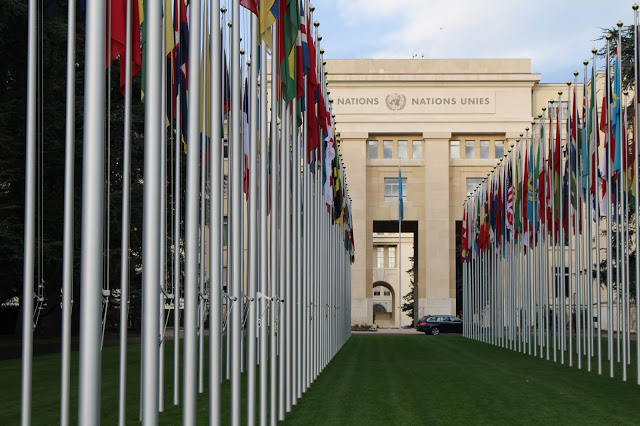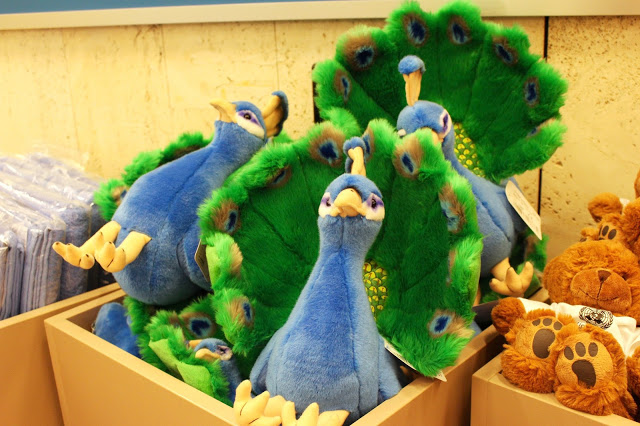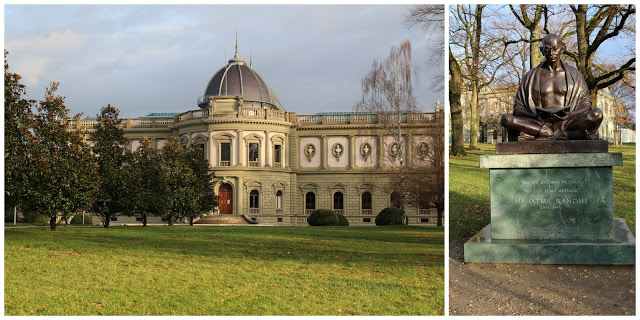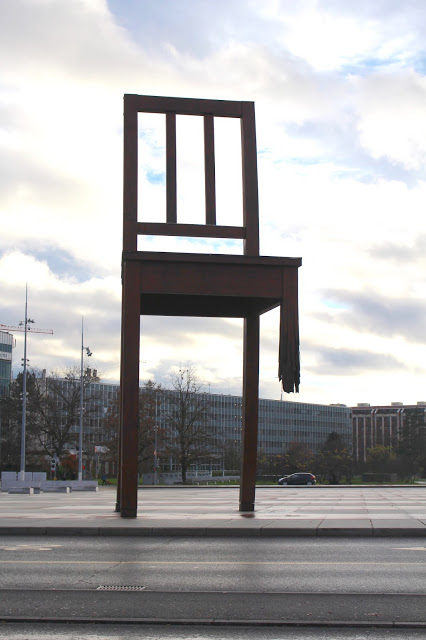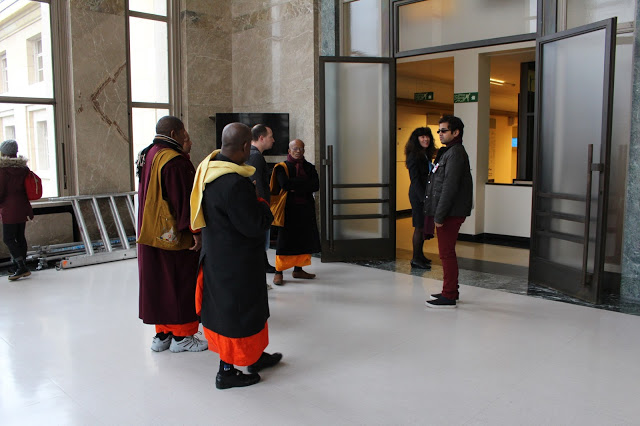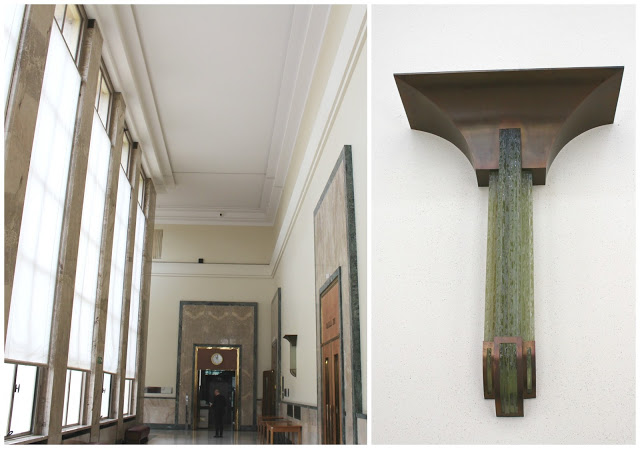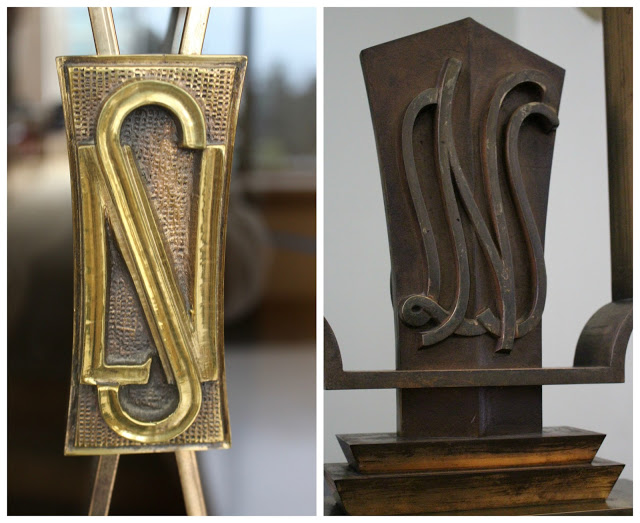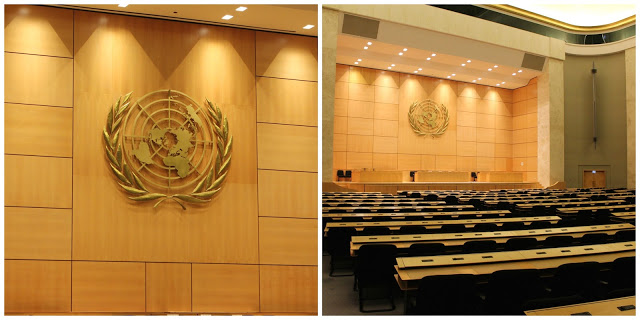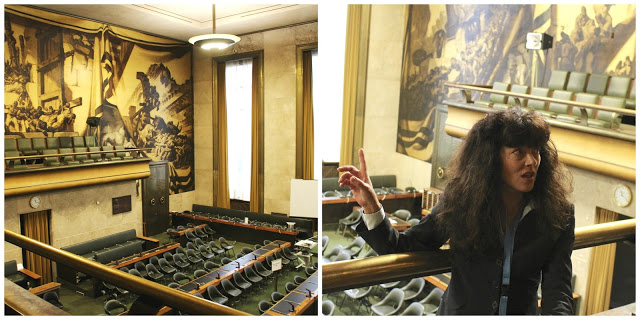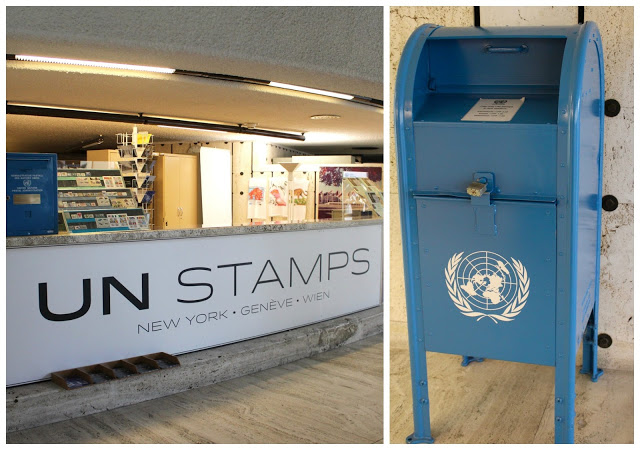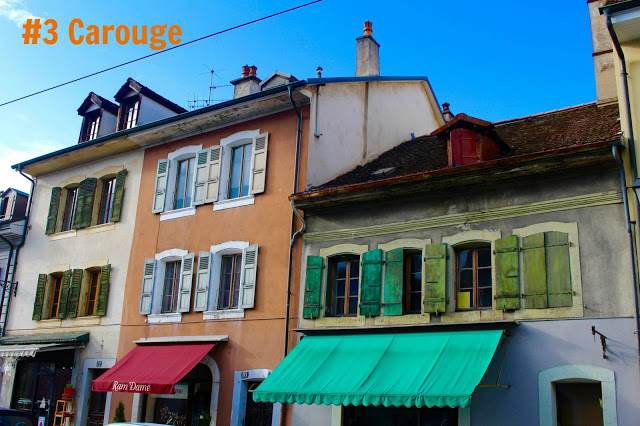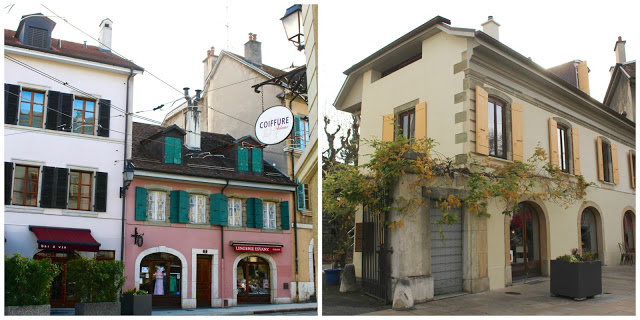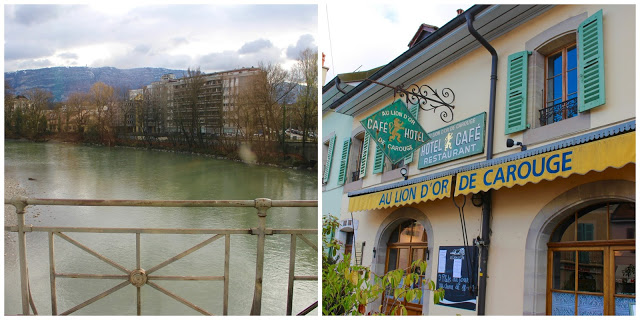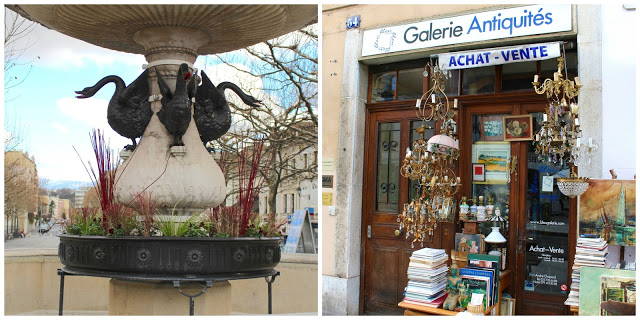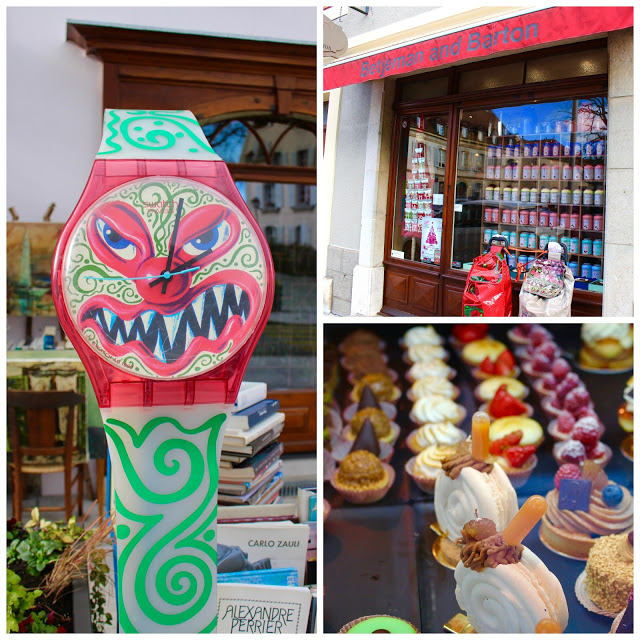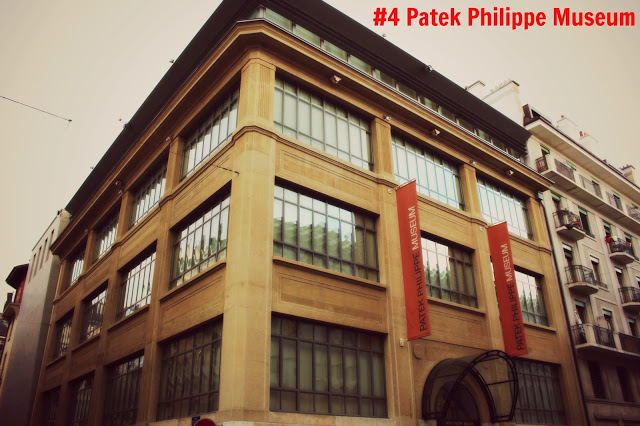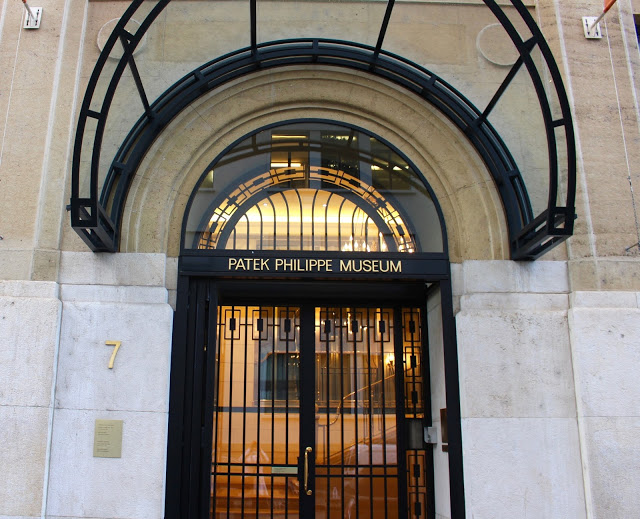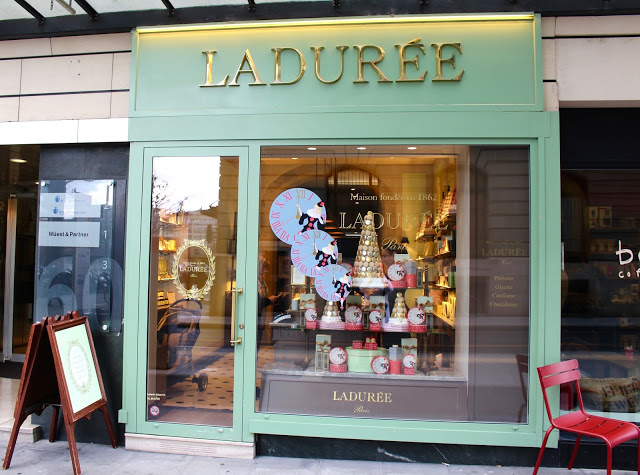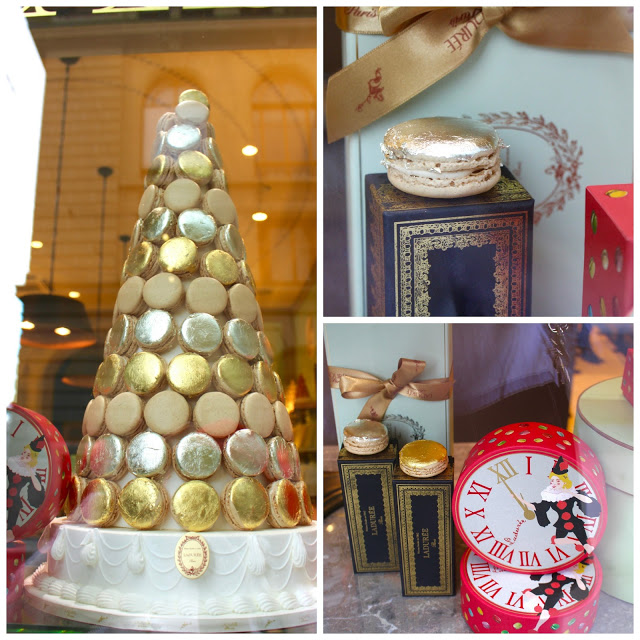I spent Thanksgiving week last November tagging along on my husband’s business trip to Geneva. While he was conferencing during the day, I was out visiting Christmas markets, taking day trips to neighboring cities around Lake Geneva as well as exploring what this lovely city had to offer.
Although I had been warned by other UN spouses that Geneva is a boring city to live in, I found it to be a was a fun and fascinating place to visit.
It definitely helped the atmosphere that Christmas was around the corner.
The Christmas markets were starting and the shops were decked out in their finest holiday wear.
When we arrived We took a walk down to the lake and, of course, appropriately gawked at the Jet d’Eau.
Then gawked once more at these hearty locals enjoying a swim in the lake. Did I mention it was the end of November?
The next days were alternately spent on day trips to Lausanne and Montreux and exploring the city of Geneva.
I wandered all over the old town, cruised in and out of the chocolate shops and visited several museums and monuments.
How could I not love a city where macarons have their own parking status?
Here are four great things to do if you find yourself in this lovely lakeside city.
I don’t know what I expected except to be moved by this experience. I also thought I would be in and out of the museum in 45 minutes. Wrong.
I spent hours in this place. Not only was it informative, the exhibits were compelling, inspirational and surprisingly, high tech interactive.
The museum’s permanent exhibit is basically divided into 4 parts. One of the most fascinating is The Chamber of Witnesses.
There are rooms filled with projections of people with their hands up. When you place your palm against theirs, they begin to tell their stories. The middle projection above is a former child soldier turned famous rapper. Other witnesses include landmine victims, victims of child trafficking and earthquake survivors. An extremely powerful experience.
The section on Defending Human Dignity includes an exhibit on the history of the Red Cross/Red Crescent. The most dramatic piece is a sculpture of a large human foot set upon projections of real pictures of human suffering around the world. Quite a statement.
On display is the first-ever Geneva Convention governing the sick and wounded members of armed forces signed in Geneva in 1864. It defines “the basis on which rest the rules of international law for the protection of the victims of armed conflicts.”
This section also contains a huge room filled with objects made by prisoners for visiting Red Cross and Red Crescent workers. The prisoners often used refuse or whatever they could get their hands on to craft gifts. All objects in the room were donated by Red Cross and Red Crescent workers.
There’s also a huge interactive wall called “The Colors of Dignity”. The wall on its own has waves of colors.
Visitors touch the wall. As they run their hands along it, the vibrant colors and patterns shift and transform. An artistic interpretation of how one person can effect change.
The Reducing Natural Risks section featured many different ways the organization works with communities for prevention. One room featured a comprehensive exhibit of different posters/campaigns over the years designed to inform the public of natural disasters and health risks.
The star of this section was this interactive exhibit. The large roundtable is a touch screen that represents an island. Participants were asked to prepare in real time for a hurricane. Against a timer, we had to triage and organize what to do first, second, third, etc. before the hurricane hit using the touchscreen. I was sweating by the end of it.
The final section is Restoring Family Links. Tracing the missing and keeping families together in person or by communication are priorities. There is an entire room of records from WW1.
Visitors can sit down at a desk and go through the tracing process to find missing persons. I traced two German soldiers.
This heartbreaking wall of pictures was a system they developed to help connect the overwhelming amount of Rwandan orphans after the war to family members.
The organization also acts as a messenger between prisoners and their families. The exhibit explains the journey of a message.
I cannot recommend this museum highly enough. Just make sure you set aside at least a few hours. It stayed with me a long time after I left.
Right across the street is the United Nations Geneva headquarters.
Even though my husband was working in the building the week we were there, I signed up for the tourist tour. Having experienced the same tour in the New York United Nations headquarters a few times, I find I learn or see something different on each visit depending on the tour guide.
The campus is vastly different from its New York City counterpart. Situated amid a park and botanical garden, peacocks donated by Japan and India roam the property. The peacocks were put away for the winter so unfortunately, the only ones I saw were in the gift shop.
Ariana park is over 100 acres and was once one of the largest private properties in Geneva. The family who owned it eventually donated the grounds to the city. The city eventually donated part of the land to the UN.
Across the street from the main entrance is a famous sculpture of a chair with a broken leg. It symbolizes opposition to landmines and cluster bombs and acts as an in your face reminder to politicians and others visiting Geneva.
The walls on either side of the main entrance are painted with a beautiful mural featuring a dove motif. The Swiss artist was 100 years old when he created the murals.
I’m pretty sure I was the only UN spouse on the tour. However, you never know who is going to show up on a United Nations tour.
One of the first things we saw when we began our walk through were sobering memorials for two missions.
Baghdad and Algiers offices were both attacked by terrorists. Many lives were lost. The flag is what remained of the UN flag after one of the attacks.
There are several historical buildings on the campus. This one dates from when the League of Nations was formed (the United Nations grew out of the League of Nations.) The structure has beautiful art deco features throughout.
The building is branded throughout with the original League of Nations symbol. “La Société des Nations” in French.
We visited several of the meeting and assembly rooms but were only allowed to take pictures if they were empty. Assembly Hall below, one of the world’s first rooms fitted for simultaneous translation. Containing seating for 2000, it serves as a backup General Assembly venue for the one in NYC.
Below is the Council Chamber. The murals, created by Catalan artist José María Sert were gifted by Spain. They depict human progress through health, technology, freedom, and peace. Many historical events happened in this room, one being the negotiations to end the Gulf war in 1991.
One of my favorite things to do at the UN is to peruse the art collection. Most of the art has been donated by various member nations. The NYC headquarters has a unique and interesting collection. I learned the Geneva campus has an even bigger and more impressive one. Most of the various art pieces have peace as a unifying theme.
The painting on the left had an unusual visual trick. The pathway depicted leading to the building would appear to be pointing toward you, no matter where in the room you were viewing the painting from.
Fun fact: The UN in NYC and Geneva are both international territories. Each has their own post office where you can buy and send postcards with UN issued stamps and even get your passport stamped.
I don’t remember where I got the tip to go to the Carouge section of Geneva. All I know is after a 20-minute ride on the tram from the main train station, just like that, I was in Nice, France.
Well not actually. But close enough.
One minute you are looking at the hustle and bustle of the beautiful European city of Geneva, then the tram crosses a river, the skyline drops and you feel like you’ve been transported to a town on the Cote d’Azur.
Charming and colorful shops line the streets.
Galleries, bakeries, chocolatiers, antique stores, cafes, unique gift and clothing boutiques.
Geneva seems a distant memory and you instantly feel like you are on vacation.
I caught myself several times looking for a view of the Mediterranean.
Definitely, save some of your shopping and walking energy for Carouge when you visit Geneva.
The last tip I have is to visit the Patek Philippe museum. Another place I thought I would be in and out of in 45 minutes.
Not.
There were no pictures allowed inside so I have none to show except the outside of the place. As a matter of fact, when you enter you are asked to put your bag, camera, coat, anything else you are carrying in a locker before entering the museum.
The place is like visiting Tiffany’s or Harry Winston. Plush carpets, expensive glass cases. Uniformed guards everywhere.
I thought I would be learning about the history of the company (check) and seeing some old watches (check) and watchmaking equipment (check). I didn’t expect to see such an astounding collection of watches, timepieces, and clocks that date back from the 1500s.
What I also didn’t expect was this:
Drooling over a lavish gift to Monsieurs Patek and Philippe from the Russian Czar.
Case after case of precious and semi-precious jeweled watches from Victorian to art nouveau styles from cloisonné to enamel fashion in every representation imaginable. From flower to fruit from bird to mammal, they had it all here. Each one intricately designed by the finest artisans of the time.
Many of these pieces had their own fascinating story attached: A watch that went to the moon with a Russian cosmonaut. The watch that German Chancellor Konrad Adenauer gave to President John F. Kennedy.
So much more. Yep, another two and a half hours spent there. Well worth it. I also recommend taking the guided tour in English.
So those are my four picks for exploring when visiting Geneva, Switzerland.
One final word on my trip. Look what else I found in Geneva:
I also discovered I am not the only one who glams up my French macarons with edible glitter and metallic paint. Behold:
Vindication.
